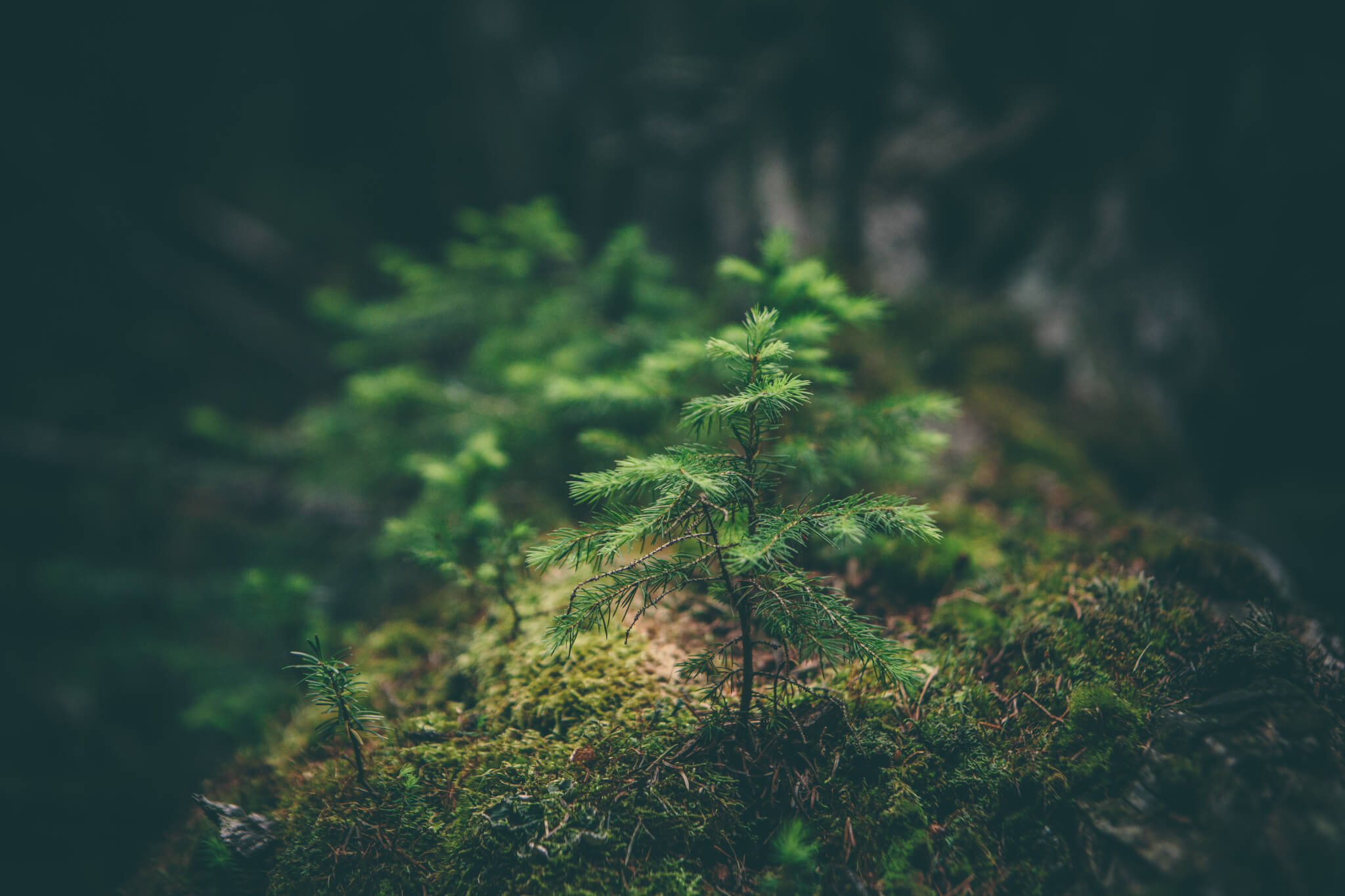What Are Eco Friendly Packaging Materials? A Simple 2024 Guide


Suscríbete ahora Recibe un 15% de descuento.
Suscríbete y llévate un 15% en tu primer pedido. Sin rollos, solo ventajas.
¡Ahora estás suscrito!
En este artículo:
There's so much to the world of sustainable packaging that it can often be overwhelming.
These problems are only made more complex by the fact that "sustainable", "green", and "eco-friendly" don't have a concrete definition.
It's here where greenwashing can so easily become prevalent.
So it's easy to see why sourcing packaging that doesn't damage the earth in its production or disposal can be tricky.
Defining "eco-friendly"
Environmentally friendly, for the sake of an argument, can be defined as packaging made from a material that can be replaced, renewed or replenished.

Eco-friendly packaging materials can also decompose, leaving no harmful chemicals behind.
Eco friendly doesn't always mean 'materials'
Packaging engineers often explain that there's more to sustainability than the materials.
For example, reusability.
A box that's durable enough to be used hundreds of times presents entirely different sustainability benefits compared to biodegradable packaging that breaks down at home after one use.
Reusability is an element of sustainability that gives a packaging product a second use and, therefore, a second life.
It can fulfil its purpose for longer, thus keeping more single-use packaging materials out of circulation.
Packaging that consumers can reuse repeatedly has an entirely different range of benefits for businesses over implementing cutting-edge materials as part of their sustainability policy.
What packaging is environmentally friendly?
The list below is a comprehensive but by no means exhaustive guide to eco-friendly packaging materials.
Recycled paper pulp (cardboard)
Paper pulp is a gooey-like substance made from wood fibres.

These fibres can come from other paper products that have been beaten down and turned back into pulp or from virgin trees.
With so many paper products in circulation, it's easy to see how recycled paper pulp is a fantastic eco-friendly packaging material.
Recycled paper pulp is most often turned into packaging in the form of corrugated cardboard or cardstock.
Virgin paper pulp (cardboard)
One of the few downsides of paper pulp is that we can only recycle it so many times before it loses all structural integrity. The microscopic wood fibres get shorter and short each time they're recycled.
However, we can improve structural integrity by adding fresh and long wood fibres into the paper pulp mix. These virgin fibres come from freshly cut trees.

Whether your packaging is made partly or entirely from virgin or recycled materials, Forest Stewardship Council (FSC) certifications show that your packaging has been made from ethically grown and harvested paper pulp.
If that pulp is recycled, the symbol shows that it's made from at least 80% recycled materials.
For virgin fibres, the certification indicates that those virgin fibres are harvested from trees that are sustainability grown and ethically managed.
Compostable
Compostable packaging is a form of packaging that's grown in popularity because it breaks down and leaves no harmful chemicals behind. Corn, sugar cane, carrot, and beets are the most common plant-based materials from which compostable packaging is made.
Ideally, packaging labelled as compostable should break down in home compost within 180 days or in commercial facilities within 90 days.

Packhelp's bio-poly mailer is the perfect example of compostable packaging that can help a brand implement a certified and effective form of sustainable packaging.
Hemp
With EU and US law-makers now starting to see the value and profitability of hemp, it's a material that's finally starting to grow in popularity.
The hurd and cellulose of the hemp plant can be used to create a fully biodegradable bioplastic and decompose in landfill in a maximum of 6 months.
Mushroom
Mushroom packaging uses agricultural waste held together by mycelium, the technical term for mushroom roots.

The process is seen as very eco-friendly. It combines organic waste products with other organic products that need few resources to grow. It's also entirely biodegradable.
Mushroom packaging holds such potential that Ikea implemented it several years ago, lowering its carbon footprint and making its packed boxes significantly lighter.
Seaweed
Within seaweed and algae is a gelatinous substance called agar. This substance has several applications, most commonly in cooking, where it can be used as a vegetarian alternative to gelatin.
But with materials technology progressing at breakneck speed, agar from seaweed and algae can now be used as a binder to hold together plant waste - mainly corn and wheat - to create various forms and flexible forms of packaging.
Kraft Paper
Like cardboard, kraft paper is manufactured from paper pulp. However, kraft paper can be made from a broader range of trees.
In other words, the leftovers from creating pulp from virgin trees can be used to make kraft paper.

What's more, because the fibres in kraft paper are more robust and have a different shape, 'gentler' types of adhesives can be used to bind the pulp, making it quicker to break down.
Sustainable packaging isn't about reinventing the wheel.
If your small business is looking to implement a new form of sustainable packaging, it's important to remember that it doesn't have to be complicated.
Eco-friendly packaging materials like hemp, seaweed and mushroom will revolutionise the packaging industry.
But today, they're solutions that are out of reach for many retailers.
If you're struggling to find eco-friendly packaging materials that do no harm while also being affordable, don't overlook the humble cardboard box.

Paper pulp, more specifically, is in abundance, with several tons of virgin and recycled products being made daily.
The infrastructure to create, recycle and reuse this material is efficient and relied upon by almost every industry, by giant corporations and fledgling businesses alike.
Final thoughts
So what are eco-friendly packaging materials?
As the list above shows, there are many.
But implementing them for your desired purpose isn't always easy. And that's where Packhelp comes in.
Our range of custom packaging supplies can be designed exactly how you like it, but they can also come FSC-C151608 certified.
Eco-friendly packaging materials are just a click away with reusable, recyclable, biodegradable, and compostable options.























